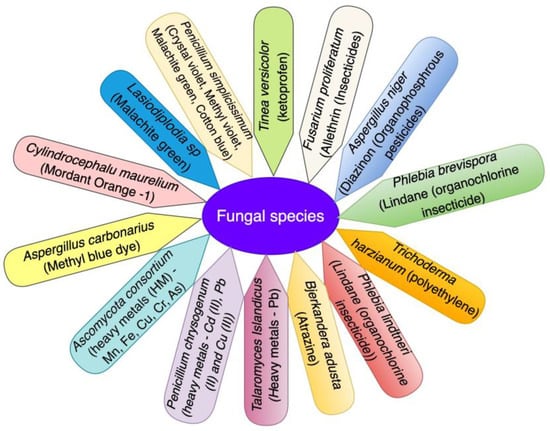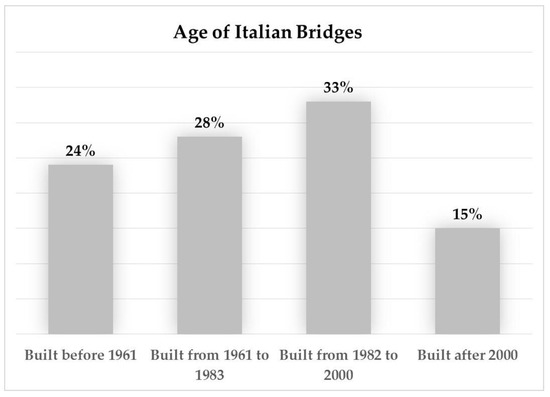Appl. Sci. 2023, 13(8), 4978; https://doi.org/10.3390/app13084978 - 15 Apr 2023
Cited by 57 | Viewed by 21693
Abstract
►
Show Figures
Global environmental pollutants are becoming intense because of the increasing human population, urbanisation, and industrialisation. Human health and the ecosystem are affected by soil and water contamination. Therefore, creating strategies is essential to tackle this persistent issue. In the process, the health and
[...] Read more.
Global environmental pollutants are becoming intense because of the increasing human population, urbanisation, and industrialisation. Human health and the ecosystem are affected by soil and water contamination. Therefore, creating strategies is essential to tackle this persistent issue. In the process, the health and environmental risk associated with these pollutants can be signifi-cantly reduced. Previously, traditional remediation techniques have been employed in combating these environmental pollutants, proving ineffective. Mycoremediation, which uses fungi or their compounds to remediate environmental pollutants, has shown to be a cost-efficient, environmen-tally friendly, and effective method of environmental remediation that includes organic, inorganic, and emerging contaminants (antibiotics, pharmaceuticals). This review provides an overview of various mycoremediation approaches through fungi for biosorption, precipitation, biotransfor-mation, and sequestration of environmental pollutants. In addition, the removal of metals, persis-tent organic pollutants, and other emerging contaminants by mycoremediation was highlighted. For example, fungi such as Pleurotusdryinus, Trameteshirsuta MK640786, and Aspergillusniger shows 91%, 94%, and 98.4% degradation of pollutants ranging from pesticides to azo dyes, respectively. Furthermore, prospects of mycoremediation to remove heavy metals and emerging pollutants from waters and soils were discussed. It was elucidated that fungi have great potential for the mycoremediation of emerging pollutants such as heavy metals, pharmaceuticals, polycyclic aromatic hydrocarbons (PAHs), pesticides, and weedicides. The findings suggested a knowledge gap exists to enhance the rate of the mycoremediation process. Therefore, a possible framework of mycoremediation was proposed to facilitate this promising technology for rectifying global environmental problems. For mycoremediation procedures to be as effective as possible, further studies are needed on fungal enzymes’ role, activities, and regulation.
Full article













